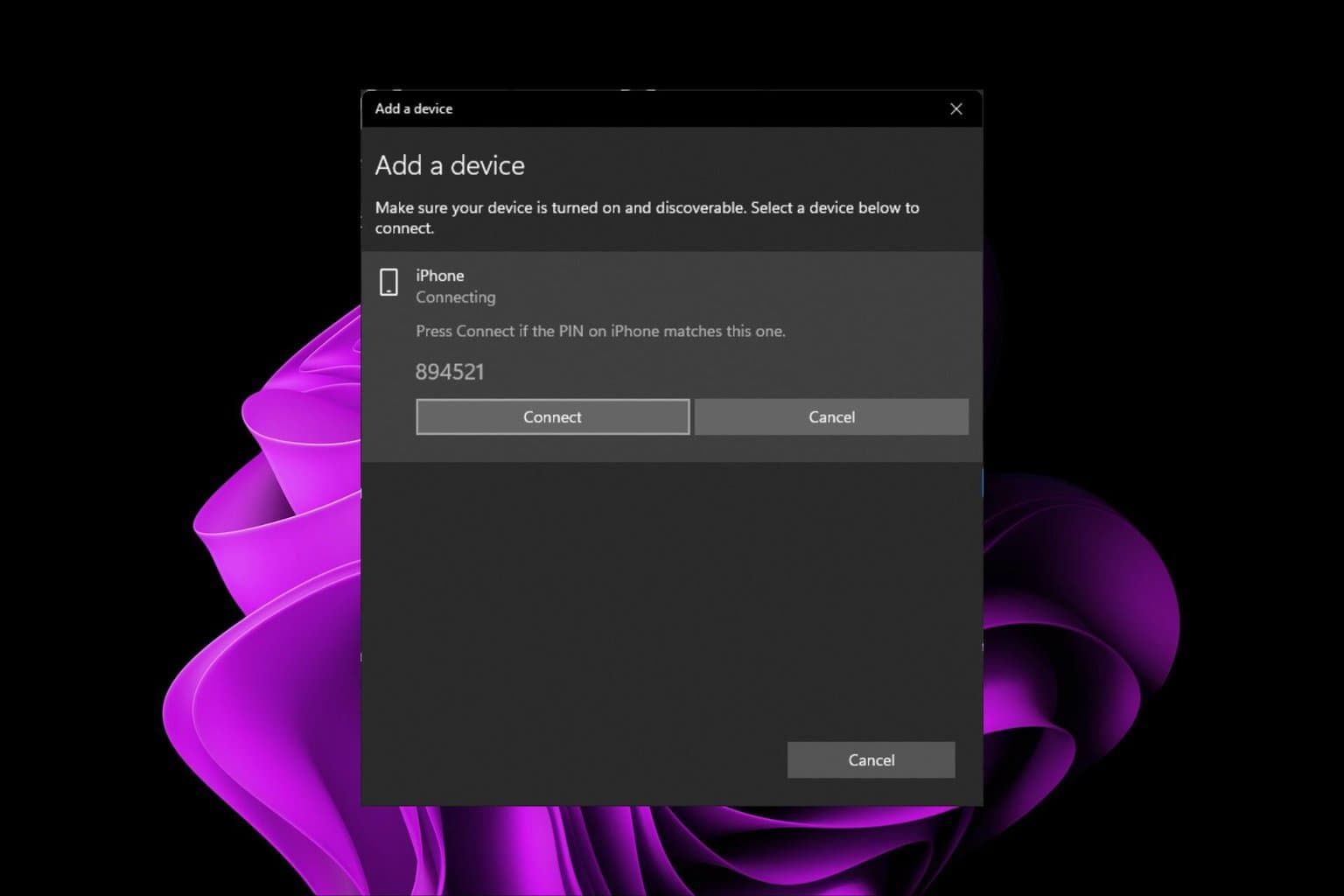Not Enough Disk Space Error in Hyper-V: 4 Ways to Fix It
Do not hesitate to end all virtual machines not actively in use
4 min. read
Updated on
Read our disclosure page to find out how can you help Windows Report sustain the editorial team. Read more
Key notes
- Not enough disk space error in Hyper-V prevents you from creating new VMs.
- Many virtual machines running can consume disk space, so it's time to take action.
- Expanding the Hyper-V disk size can fix the issue and this isn't the only solution.

Hyper-V not having enough disk space is an error most users complain about frequently, so you’re not alone. This issue prevents users from running multiple virtual machines and results in many Hypervisor errors on Windows 11.
How much disk space does Hyper-V need to run multiple VMs?
Memory is one of the essential components of the Hypervisor. You need to allocate memory to virtual machines for them to be able to run.
A standard Hyper-V host requires about 4 GB of memory space to run Hyper-V and the management operating system.
However, running multiple virtual machines calls for more memory usage. So, users should assign bigger memory space.
Nevertheless, running into this error on Hyper-V can occur due to many factors. The major ones are:
- Many virtual machines run synchronously: The free disk space on your device may not be enough to run the entire machine on Hyper-V. So, you can run into errors trying to run additional VMs.
- Background programs: Many programs running in the background can consume your disk space. They use more disk space, leaving no memory space for the Hyper-V VMs.
Many other factors can cause a shortage in memory space in Hyper-V. You can read about fixing Hyper-V that ran out of memory errors to understand the problem better.
What can I do if there’s not enough disk space in Hyper-V?
Before anything else, consider doing these preliminary checks:
- Close unnecessary running programs on your PC that may be consuming the disk space.
- Check disk space on Hyper-V to know how much space is available.
- Free some memory space on your computer and restart your computer to check if the memory error is fixed.
- An excellent way to free up disk space in Hyper-V for multiple virtual machines is to close other unnecessary VMs. It’ll create more memory space for the new virtual machines to establish. However, we have a detailed guide on what to do if you have issues with virtual machine management in Windows 11.
If after these, the error persists, proceed to the advanced fixes below.
1. Expand Hyper-V disk size via Hyper-V Manager
- Click Start, type hyper in the search box, then press Enter.
- Select the Hyper-V Manager from the search results.
- Click on the virtual machine you want to expand its disk, then select the Edit Disk option to prompt the Edit Virtual Hard Disk wizard.
- Click on Next to locate the Disk window, then click the Browse button to find the path of the virtual hard disk.
- Select the file and click Open, then click Next.
- Choose Expand on the Choose Action page and click Next.
- Select the Configure Disk option and input a larger size in the New size space, then click Next.
- Click Finish.
Restart your PC and check if the memory issue persists. If you encounter Hyper-V error when applying hard drive changes, take a look at this guide.
2. Perform a disk cleanup
- Press Start, type this PC in the search box, and click Enter.
- Select the first search result, and right-click on the drive you want to clean up.
- Choose Properties from the drop-down, then click on Disk Cleanup.
- Select the files you want to delete and click OK
- Click on Clean Up System Files and wait for the cleaner to calculate everything.
- Select the file to delete, then press OK after selecting.
We recommend you read how to free up Disk space on Windows 11 for further information on this.
3. Initiate Compact Virtual Hard Disks
- Click Start, type hyper in the search box, then press Enter.
- Click on the Hyper-V Manager from the search results.
- Specify the virtual machine you want to expand its disk.
- Select Edit Disk to open the Edit Virtual Hard Disk wizard.
- Select the virtual hard disk whose size you want to reduce.
- Choose Compact, then click Finish.
By initiating a compact disk, more spaces will be available from the shrunk VM memory.
4. Clear deleted VM files
- Open File Explorer on your PC by pressing the Windows + E keys.
- Check for the VMs you recently deleted that are still in the folder by following this navigation:
C:\ProgramData\Microsoft\Windows\Hyper-V\Virtual Machines - Right-click on the virtual machine and select Delete from the drop-down. (If it is empty, close it)
Deleting the VM files of deleted virtual machines will free up disk space. However, we advise that you use Hyper-V backup software to back up your VMs to be able to access them after being deleted.
Alternatively, you can check how to run disk cleanup on Windows 11. Also, you can read our article on how to fix Hypervisor not running on Windows 11.
If you have questions or suggestions, you can leave them in the comments section. We’d like to hear from you.

















User forum
0 messages